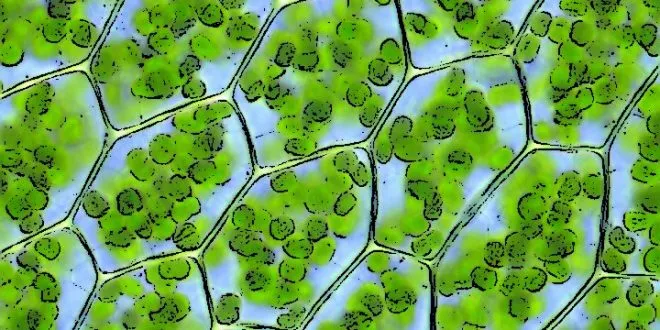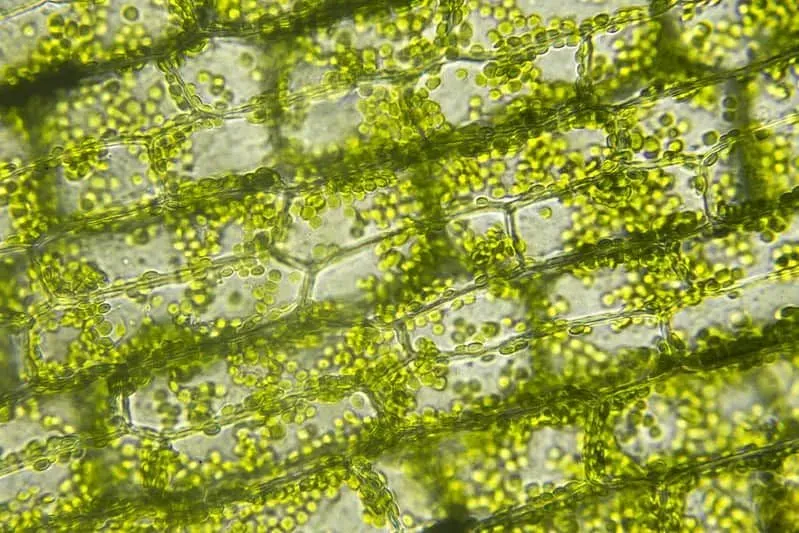In my previous articles I have indicated that photosynthesis can supply, while sunlight is present, all the metabolic energy required by the plant for the satisfaction of its needs, by means of photorespiration.



▶ It allows the formation of chemical compounds and energetic carriers, indispensable in all the synthesis processes that occur in the organism NAD, FAD, ATP, etc., and supplies small carbon chains to all the biosynthetic machinery.

▶ Credits: Kidadl. – [Image of Public Domain]
≕ I invite you to stay tuned and read my next contribution ≔
It is an elementary raw material in the construction of all those other compounds with essential functions for the maintenance of life, self-reproduction and survival.
Photosynthesis was the step that allowed all the further development of terrestrial life, since it managed for the first time to trap in a short time large amounts of energy (usable in metabolism), which is stored in organic form, and therefore available for multiple biological purposes.
Photosynthesis is one of the metabolic processes used by cells to obtain energy. It is a complex process by which living beings possessing chlorophyll and other pigments capture light energy from the sun and transform it into chemical energy (ATP).

And also the photosynthetic process transforms energy into reducing compounds (NADPH), and with them transform water and CO2 into reduced organic compounds (glucose and others), releasing oxygen. n H 2 0 + n CO2 (+ Light) n O2 + (CH2 O) n.
NOTE: Reference material.